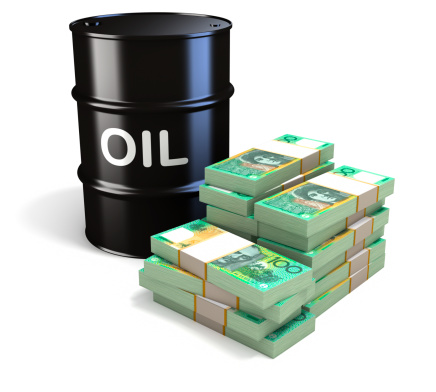At the 174th Meeting of the OPEC Conference, OPEC members agreed that global crude oil market conditions further improved since its meeting last November, citing a strong global economy that is helping to spur relatively robust demand for oil. They agree that there is evidence that market is continuing to rebalance, and that the return of more stability and optimism to the industry is a welcome development.
OPEC production adjustments in place since November 2016 originally intended to remove about 1.2 million barrels per day (mb/d) from the global oil market have worked very well. However, as of May 2018, OPEC member countries have exceeded the required level of supply cuts by an additional 624,000 b/d. This is largely a reflection of falling production in OPEC member nations such as Venezuela, Angola, Algeria, Qatar, the UAE, and temporary disruptions in Libya.
In OPEC’s view this degree of overcompliance risks the long-term stability of the oil market. As a result, media reports indicate that they agreed to increase production as of July 1st by about 1 mb/d. However, due to the inability of some OPEC members to ramp up production on such short notice, daily production is expected to effectively rise by about 600-700k barrels.
Accordingly, last November’s Declaration of Cooperation appears to remain in full effect, suggesting that non-OPEC producers such as Russia will continue to maintain production at current levels at least until the next meeting this upcoming December.
Key Implications
Today’s OPEC announcement of a slight increase in production of about 600,000 b/d was largely in line with market expectations. Nevertheless, both Brent and WTI rallied on the news, with WTI reaching US$68.65, or roughly +4.8% on the day as at the time of writing.
The oil market is largely seen as having moved more into balance as a the end of the first quarter, and is expected to remain in balance through the end of the year. Inventories have fallen, largely as a result of stronger than expected foreign demand to start the year. With the global economy expected to expand at a robust 3.8% pace this year, rising demand for energy will have to be matched by supply in order to keep prices just high enough to support economic activity in oil exporters, but not high enough to risk demand destruction. Overall, we anticipate that WTI is likely to remain in the US $65-70 per barrel range at least through the end of this year.
U.S. shale remains a key downside risk to oil prices. In April, oil production stateside reached an all-time high of about 10.7 mb/d, and is expected to reach 11 mb/d by year-end, surpassing Russia to become top global producer. However, transportation bottlenecks and a dearth of skilled workers could delay plans to increase production from current levels, and is likely to keep a wide spread between Brent and WTI for some time to come.


 Signal2forex.com - Best Forex robots and signals
Signal2forex.com - Best Forex robots and signals




